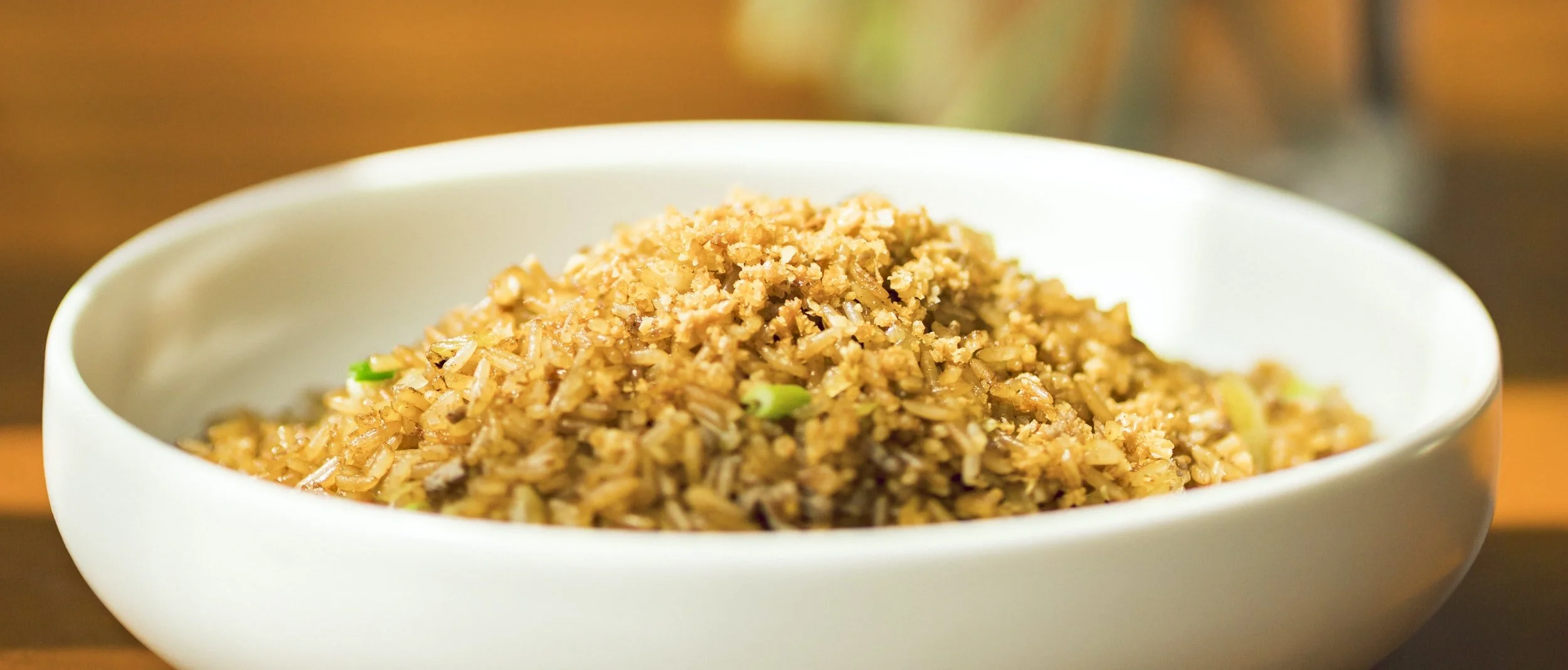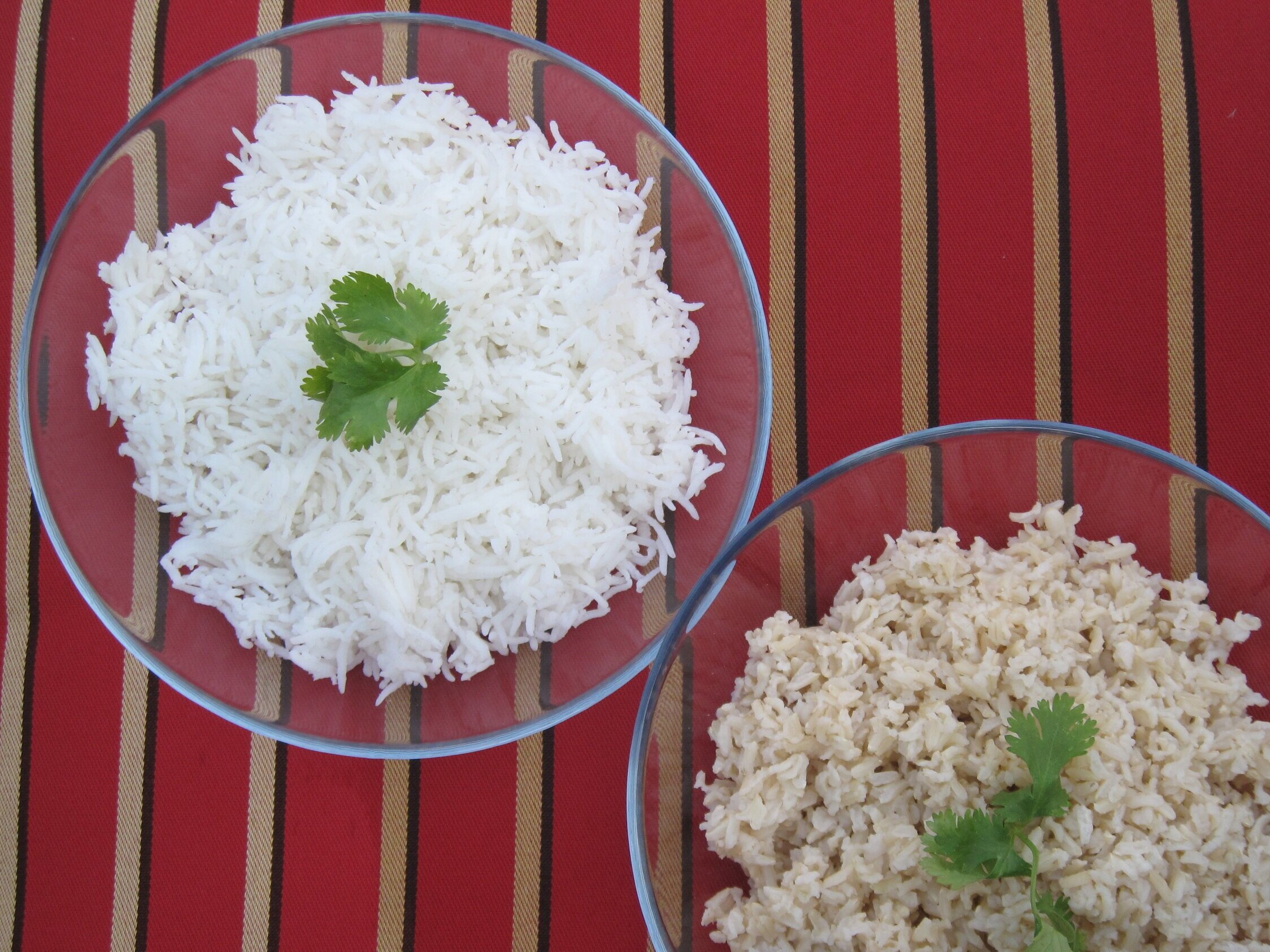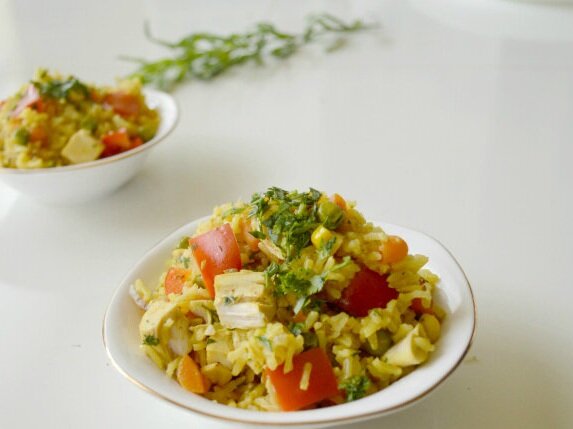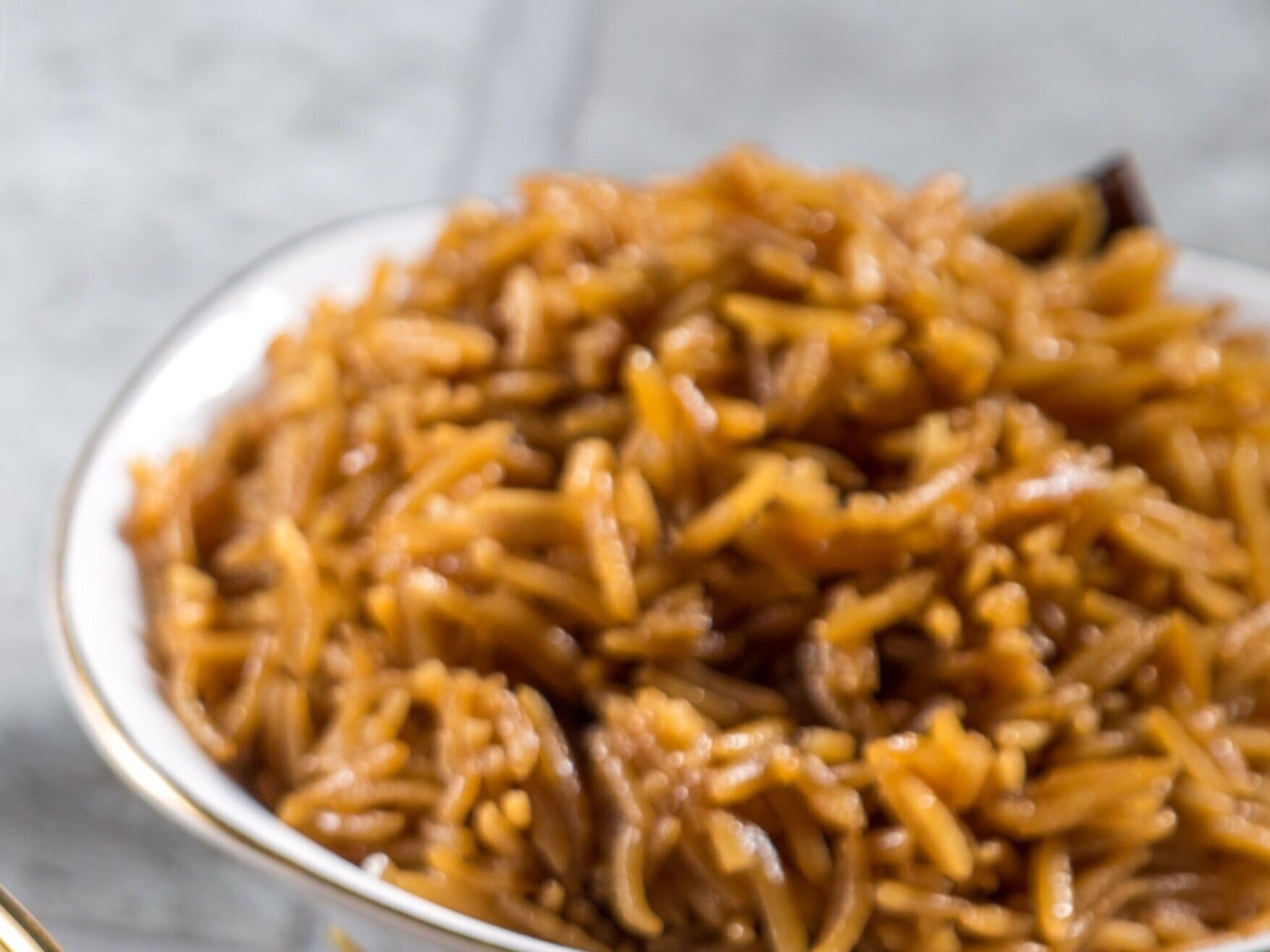Step-by-Step Guide to Cooking Perfect Basmati Rice at Home
Are you one of the envied few who loves to cook Indian food at home and can make flawless Basmati rice every time? Each long grain of rice standing in the spotlight of its own glory: fluffy, aromatic and steaming hot. Well, then this post is not for you!
This guide is for the majority of home cooks who are beginners to Indian cooking and are left dreaming of the above rice scenario while staring at their latest batch of dry or overcooked rice.
As the staple grain of India, rice is served with every meal, especially in the south and east of India while west and north Indian homes consume rice and chapati-roti (the Indian wheat bread) in equal measure. Any way you look at it; we Indians cook (and eat) a lot of rice in our lifetime.
Globally renowned and an uncrowned king in the rice world as well as the favorite rice variety of professional chefs worldwide; Basmati (Hindi word meaning ‘full of aroma’) rice is an aromatic Indian long grain rice grown mainly in the northern rice belt of the Indian subcontinent.
Technically, Basmati rice can be compared to Champagne, which has to be made from grapes grown in the Champagne region of France else it’s a sparkling wine. Similarly, Basmati rice should be a product of the Indian subcontinent; grown under those ideal soil and weather conditions to be called ‘Basmati’ rice, else it’s just a long grain rice.
Cooking good rice is like everything else- the more often you make it, the better you will be at it. While practice makes perfect, standard units of measure and an understanding of basic techniques will make the process much simpler.
Here is a step-by-step guide to cooking perfect fluffy aromatic Basmati rice at home:
Step 1
Start with raw and sorted basmati rice. Using a standard measuring cup (or the same cup every time); measure the rice into a fine strainer.
Step 2
Wash the rice and set aside to drain. Washing the rice helps get rid of some of the starch which is responsible for clumpy rice. If you’re using brown Basmati rice, let the rice soak for about 20-30 minutes, this step helps separate and open up the grains before cooking.
Step 3
Start by heating oil or ghee or butter in a deep pan; add desired seasonings, flavorings and raw washed and drained rice. Toss the rice around for a minute or so, it should turn translucent but should not burn. Oil helps the flavorings to coat the rice grain and gives that classic glossy look to Basmati rice.
Step 4
Add water or stock in 1:2 ratio of rice to liquid which just means double the liquid to rice. Minus ¼ to ½ cup, based on quantity of rice (so basically use a little less than double the water).
Step 5
Let the liquid come to a rolling boil for at least 3 minutes, longer for more rice. Cook covered when the rice grain is visible on top of the water. Reduce the flame to low heat and cook for at least 4-5 minutes for 1-2 cups of rice, adding more minutes for larger quantities. Do not get tempted to uncover and check the rice too often.
Step 6
Turn off the flame and let the rice stand covered for 10 minutes so it finishes cooking. In my opinion, this is one of the most important steps since Basmati rice finishes the cooking process in steam to get that fluffy ‘happy’ look.
Step 7
Once steamed, fluff the rice very gently with a fork. Leave the rice covered till ready to serve so that it stays warm.
Reheating Leftover Basmati Rice
Reheating leftover rice is extremely simple. Add a few tablespoons of water or stock to the cold rice. Cover the pan and reheat for 5-10 minutes based on the rice quantity. Use the same process to reheat leftover Basmati rice in a microwave safe glass bowl. Fluff it with a fork before serving.
Turmeric Basmati Rice
with Cumin Seeds
How to Cook Basmati Rice in a Microwave Oven
The microwave is another fool-proof method to make your Indian cooking easier, since you can see the rice as it cooks. Wash the rice and put it in a microwave safe glass bowl. Add water or stock in 1:2 ratio of rice to liquid which just means double the liquid to rice. Start with the rice uncovered and then cover the rice in the last few minutes of cooking. Since microwaves vary, the way to judge that it’s time to cover the bowl is when I see no liquid floating on top of the rice. Let it rest, fluff with a fork and serve.






